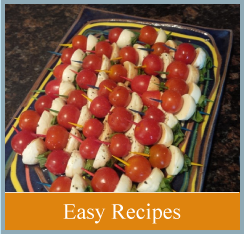My husband never fails to be disappointed with the produce from our local grocery store. Well, to be fair, it’s not just our local store — it’s any grocery store.
After dinner, he’ll look longingly at some peaches he picked up that day at the store. He’ll pick one up, roll it around in his hand, maybe even give it a sniff. Then he’ll sink his teeth into it.
“Ugh,” he’ll pronounce, then put it down and push it aside in disgust. “It looked so good,” he’ll say, “but it’s just pulpy inside. No flavour, terrible texture.” The thing with him is that he’s a perpetual optimist and he’ll be just as hopeful for a juicy peach next time he buys one from the store. And so it goes.
I have always attributed this disappointment of his to the difference between eating a fruit right off of a tree to eating one that’s had to travel goodness knows how many kilometres in a truck. You see, he grew up on a fruit farm in Australia.
The September/October issue of Mother Jones magazine gave me some further food for thought on this issue. Science and environmental journalist Heather Smith explains that today’s hybrid crops “are often bred for size and color, not nutrients.” Her article “Looks Great, Less Filling,” then goes on to compare the nutrient value of fruits and vegetables from the 1950s to today’s counterparts. It’s pretty alarming, really. Or at least interesting.
For instance, according to Mother Jones and USDA data, today’s broccoli offers 52% less vitamin A, 60% less calcium, and 27% less iron. And a honey dew mellow provides 68% less calcium and an astounding 84% less iron. 84% less. Wow, that’s some serious change.
With this kind of radical change in nutrients, can one deduce that there would also be a change in taste? Perhaps that’s why today’s peach doesn’t taste as peachy as it did when my husband was a boy.
















Speak Your Mind